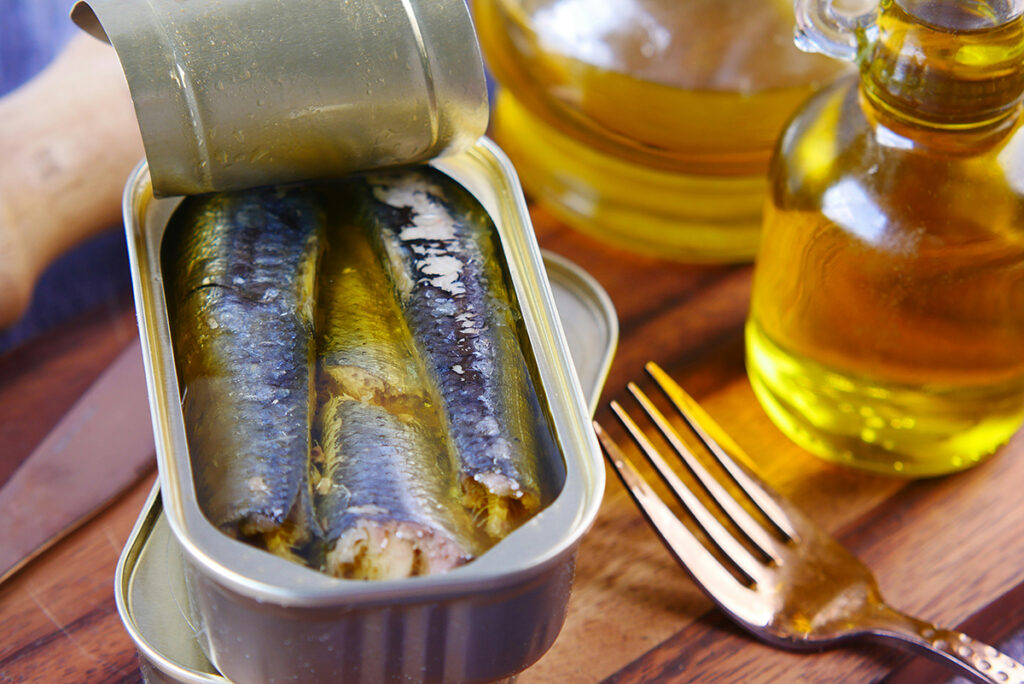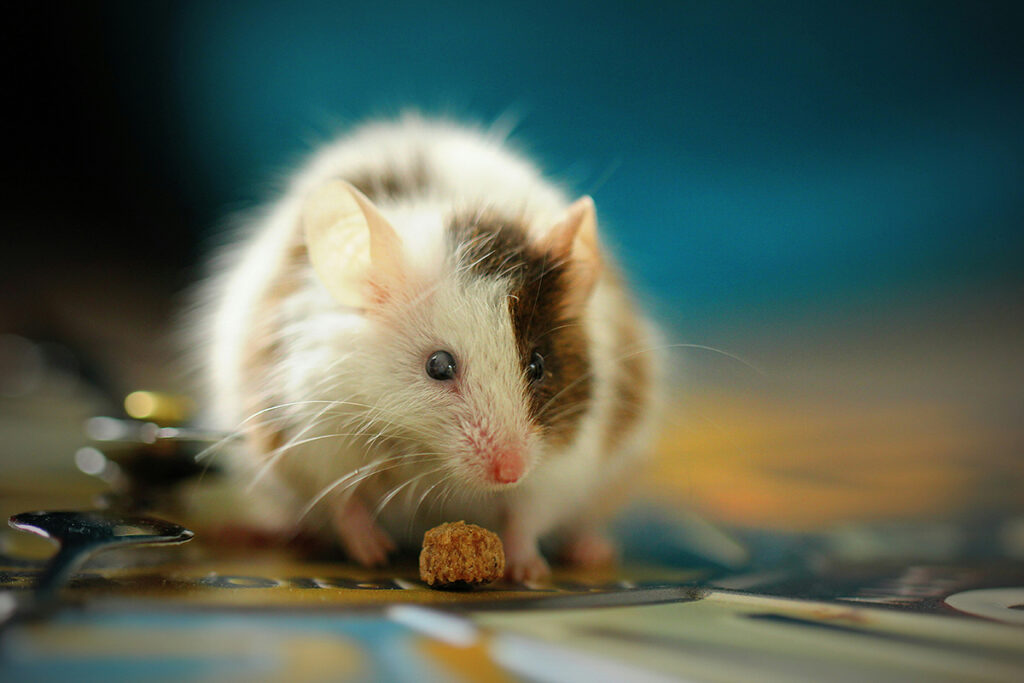Andrey S. Simbirtsev – MD, PhD, Prof., Head of State Research Institute of Highly Pure Biopreparations of the Federal Medical and Biological Agency of Russia.
Types of interferon
Interferons (IFN) are the main antiviral proteins in the body. They are part of the cytokine family.
According to the similarity of biological activity in the human body, there are 3 types of interferons. A variety of interferons of the same type is necessary to duplicate the function of antiviral protection in the body.
| Interferon | Number of genes | Homology | IFN type |
| IFN-alpha | 13 | 80% | Type I |
| IFN-beta | 1 | 60% | Type I |
| IFN-omega | 1 | 40% | Type I |
| IFN-kappa | 1 | 30% | Type I |
| IFN-lambda 1 | Type III | ||
| IFN-lambda 2 | Type III | ||
| IFN-lambda 3 | Type III | ||
| IFN-lambda 4 | Type III | ||
| IFN-gamma | Type II |
Interferons of the same type are determined by binding to specific cellular receptors. In the cytoplasm of cells, the same molecules are associated with them.
The function of IFN types I and III is cell activation and expression of interferon-stimulated genes.
Type II IFN (interferon gamma) has different receptors, different signaling, and different activation of signaling pathways. “That’s because it is more an immunomodulator than an antiviral interferon. The name was given to it historically, since it was discovered simultaneously with interferons of types I and III.
The virus life stages
The first stage is entry into the cell, the second stage is replication, and the third stage is exit from the cell. Antiviral defense proteins fight the virus at all stages and block its replication. It is important that all these proteins are synthesized by interferons.
When the virus enters a cell, it activates a signaling pathway revealing interferon type I expression. Then there are two pathways – one leads to the expression of interferons, and interferon triggers the expression of interferon-stimulated genes. The second pathway leads to the expression of Pro – inflammatory cytokine genes which triggers the inflammatory response. In most cells, 200 to 500 genes are activated in response to interferon, and all of them are involved in antiviral protection.
| Main interferon-stimulated genes mechanisms of antiviral protection | Anti-viral guard |
| PKR | Block for viral protein translation |
| MX1 | Suppression of transcription |
| OAS1 | Activation of RNase L for viral genome degradation |
| APOBEC3G | Replication Suppression, cytidine deamination |
| TRIM5 | Capsid forming unit |
| ZAP | Binding to viral RNA |
| ISG15 | Binding to viral proteins |
| ADAR | Suppression of RNA virus replication |
| IFITM1/2/3 | Helicase Block, replication suppression |
IFN immune modulation function
The biological effect of IFN type I is associated with the activation of several types of cells in the immune system. These are dendritic cells, cytotoxic t-lymphocytes, natural killer cells, macrophages, and t-regulatory cells.
One of the most important mechanisms of antiviral protection is the lysis of our own cells infected with viruses. It is provided by t-killers and NK cells.
The expression of receptors on different cell origins and functions is the polytropic principle of cytokines action together with conducting a signal using several different intracellular messengers and transcription factors. At first glance different biological functions are associated with one the common goal – antiviral protection. That’s why interferons are so effective. They can trigger all the body’s defense mechanisms without any exceptions.
Imbalance of innate and acquired immune responses
The task of innate immunity is to block virus replication with help of interferon synthesis and cause synthesis of Pro-inflammatory cytokines in order to activate the acquired antiviral immunity.
However, highly pathogenic influenza viruses cause a hyperinflammatory response with hypersynthesis of proinflammatory cytokines which develop a state of acute hypercytokinemia. Sometimes it is not supported by a sufficient level of endogenous interferon and effective acquired immunity is not developing. At that time we can see inadequately strong inflammation, the development of respiratory distress syndrome, pulmonary edema and death of patients in particularly severe cases.
Virus resistance to the body’s immune system
Different types of viruses have learned to block the first signaling pathway – the induction of interferon synthesis. Moreover, they block the second signaling pathway. Violation of the IFN synthesis leads to severe viral diseases.
To fight viruses that block the action of humanity has learned to make additional interferon molecules. These are genetically engineered molecules that are completely identical to endogenous ones. With them, we can surpass the blocking effect of viruses.
When the flu virus, coronavirus, or MS virus infects the upper respiratory tract, just a few cytokines are being synthesized.
If these viruses infect the lower respiratory tract, it could lead to hypersecretion of mucus, collapse of the alveoli, infiltration by immune cells, and violation of air exchange as a result of pulmonary edema. That’s increasing the synthesis of most cytokines. We can suggest that in severe cases viral infection leads to immune system activation. Lack of interferon-alpha can lead to severe clinical manifestations.
Scientific and clinical effectiveness of interferon alpha for SARS prevention and treatment
A 2014 study on human cell cultures using electron microscopy proved the antiviral effect of interferon alpha.
In 2013, methods for treating experimentally infected monkeys were studied. Treatment with interferon alpha and ribavirin has shown a significant reduction in viral pneumonia symptoms, respiratory failure and reduced synthesis of Pro-inflammatory cytokines.
The effectiveness of intranasal use of IFN-alpha has already been shown for certain viruses:
- Adenovirus
- Coronavirus
- Rhinovirus
- Influenza a virus (H1N1, H3N2)
- Influenza b virus
- Parainfluenza virus
- Respiratory syncytial virus
Local use of IFN-alpha allows you to apply the drug exactly onto specific area where the drug should work. Now there are various medicinal forms: nose drops, aerosol, spray. Local applying allows you to significantly reduce the dose of interferon alpha and eliminate side effects.
The use of intranasal interferon-alpha can give a good preventive effect during an epidemic of influenza, coronavirus and other respiratory viruses.
Influence of endogenous interferon level on protection against influenza virus
In 2019, it was experimentally proved that healthy intestinal microflora has enforced the synthesis of interferon by lungs epithelial cells. The study was conducted on mice.
The intestinal microflora was violated with antibiotics. As a result, the level of lungs interferon is decreasing as well as the resistance to experimental infection with the flu virus. As the virus replication was more active, a severe course of the disease was observed.
Normalization of the microbiota restored interferon synthesis and protection from the flu virus. The study proved that the stimulating effect of the intestinal microflora provides tonic signals for activating the expression of interferon genes.
Useful article, necessary information? Share it!
Someone will also find it useful and necessary:



